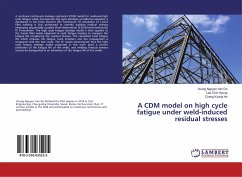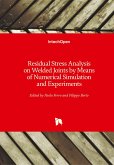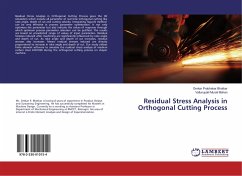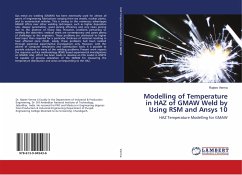Residual stress is one of the important factors that should be considered when assessing the integrity of welded structures because it is well known that residual stress may lead to failure in the weld joint. The residual stress around girth welds was studied with FEM using ANSYS (APDL). A coupled Thermo-Metallurgical-Mechanical analysis was carried out because the metallurgical analysis of the high strength steel used extensively in pipelines cannot be ignored. The final residual stress prediction using ANSYS was verified with experimentally to test the validity of the FEM model. The FEM analysis is presented step by step which commenced with a simple thermal analysis, followed by a thermo-mechanical analysis and finally a coupled thermo-metallurgical-mechanical analysis. The role of solid state phase transformation (SSPT) was also studied in terms of volumetric change due to the atomic packaging factor (APF), alteration of the mechanical properties or transformation plasticity.Reading this book gives a comprehensive understanding how residual stress developed in the welded ferritic-steels and how to make a numerical model of a welding phenomenon.
Bitte wählen Sie Ihr Anliegen aus.
Rechnungen
Retourenschein anfordern
Bestellstatus
Storno








